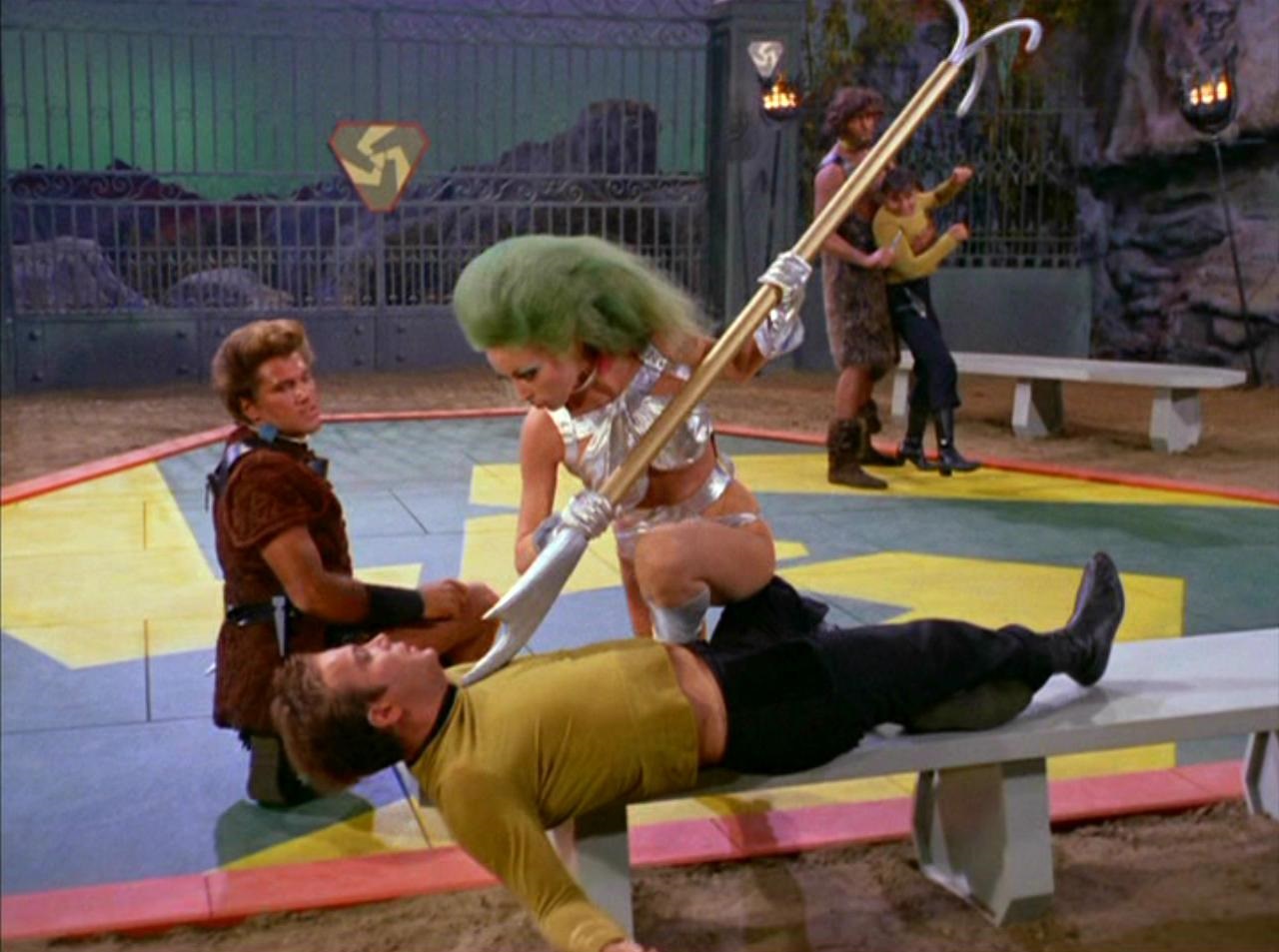Thrall
Posted: Mon Oct 13, 2008 12:18 pm
Thought this was interesting. From Wiki. Enjoy
Thrall
From Wikipedia, the free encyclopedia
Jump to: navigation, search
For other uses, see Thrall (disambiguation).
A thrall (Þræll; ÞÃÂr, f.) was a variety of slave in Scandinavian culture during the Viking Age. Unlike many of the forms of slavery throughout human history, the state of being a thrall could be entered into voluntarily, as well as involuntarily. Slavery was one of the primary sources of income for the Vikings. Thralls were first described by the Roman historian Tacitus, who wrote in AD 98 that the Swedes (Suiones) had no right to carry arms, but that the weapons were locked inside and protected by a slave only to be distributed when they were attacked by enemies.
The system of slavery was supported by Norse mythology, which claimed that the thralls had a separate ancestry through RÃÂg.
A person could become a thrall by giving himself up because of starvation, being captured and sold, or being born into a thrall family. The first was considered to be the most shameful way of entering slavery and was the first method of acquiring slaves to be forbidden. The most common way of acquiring thralls remained the capture of prisoners in foreign countries or the buying of such captured foreigners. As in the Roman practice of slavery, Nordic thralls could be of any ethnic origin. Furthermore, a thrall had social status but to a lesser degree than other castes in the society, regarded more like a domestic worker.
The thralls were kept as livestock and their master had the power of their life and death. A thrall might be a human sacrifice in the funeral of a Viking chief. A child born by a thrall woman (a thir) was a thrall by birth, whereas a child born by a free woman was a free person even if the father was a thrall
When Christianity arrived in Northern Europe, there was increasing demand for non-Christian slaves, and the Scandinavians had a de facto monopoly on trading them because of geographic access to large non-Christian populations.
Thrall
From Wikipedia, the free encyclopedia
Jump to: navigation, search
For other uses, see Thrall (disambiguation).
A thrall (Þræll; ÞÃÂr, f.) was a variety of slave in Scandinavian culture during the Viking Age. Unlike many of the forms of slavery throughout human history, the state of being a thrall could be entered into voluntarily, as well as involuntarily. Slavery was one of the primary sources of income for the Vikings. Thralls were first described by the Roman historian Tacitus, who wrote in AD 98 that the Swedes (Suiones) had no right to carry arms, but that the weapons were locked inside and protected by a slave only to be distributed when they were attacked by enemies.
The system of slavery was supported by Norse mythology, which claimed that the thralls had a separate ancestry through RÃÂg.
A person could become a thrall by giving himself up because of starvation, being captured and sold, or being born into a thrall family. The first was considered to be the most shameful way of entering slavery and was the first method of acquiring slaves to be forbidden. The most common way of acquiring thralls remained the capture of prisoners in foreign countries or the buying of such captured foreigners. As in the Roman practice of slavery, Nordic thralls could be of any ethnic origin. Furthermore, a thrall had social status but to a lesser degree than other castes in the society, regarded more like a domestic worker.
The thralls were kept as livestock and their master had the power of their life and death. A thrall might be a human sacrifice in the funeral of a Viking chief. A child born by a thrall woman (a thir) was a thrall by birth, whereas a child born by a free woman was a free person even if the father was a thrall
When Christianity arrived in Northern Europe, there was increasing demand for non-Christian slaves, and the Scandinavians had a de facto monopoly on trading them because of geographic access to large non-Christian populations.
